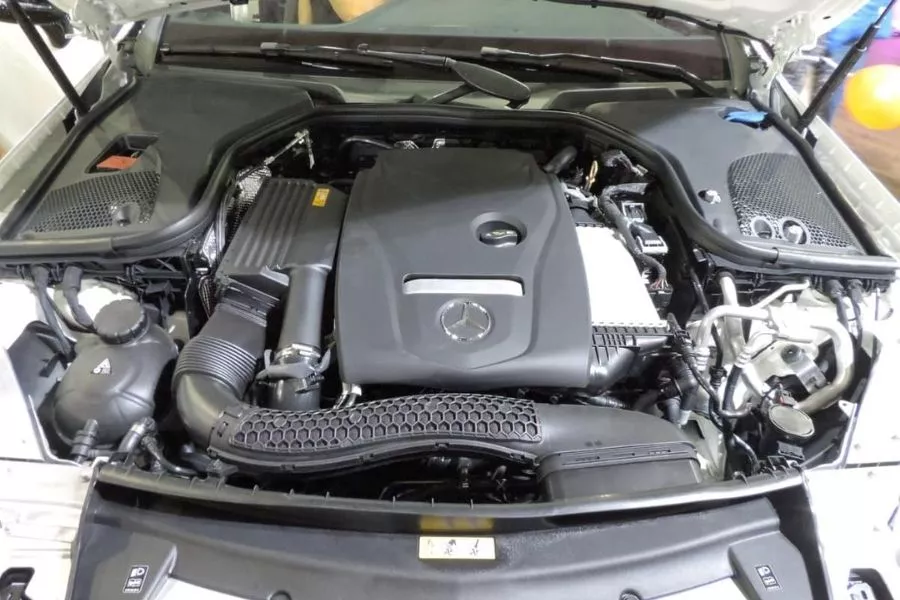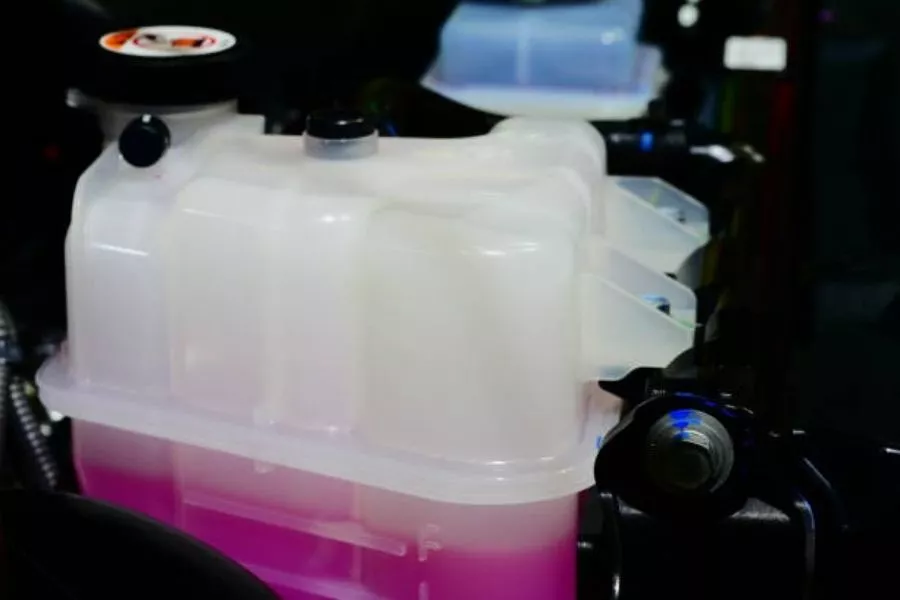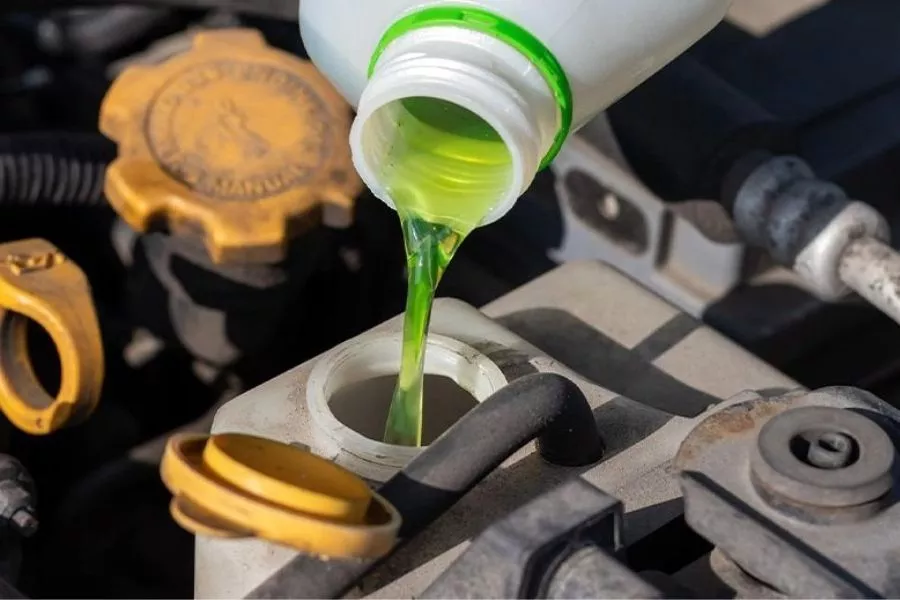Even if a car makes you look and feel cool, they actually run hot under the hood. The standard automobile converts fuel to motive power by means of internal combustion, which is why engines are made from either aluminum alloy (for gasoline) or iron (for diesel).

The engine needs to burn fuel in order to release its energy
But the very material that makes engines withstand the heat of these mini explosions also contributes to it, with many moving parts resulting in significant amounts of friction. While lubricants and sophisticated coatings along the cylinder walls handle part of the problem, the engine relies mainly on its cooling system to keep temperatures stable.
An important part of this system is the radiator coolant, the fluid that’s pumped throughout a running engine to carry heat away, then cooled down to make the same journey all over again. Having sufficient amounts of the stuff in the coolant reservoir (or overflow) tank spells the difference between getting to your destination safely and your car suddenly stalling while spewing steam from the hood.

Pay attention to the markings along the reservoir tank's body
Checking the engine’s coolant level, especially before a long drive, is a vital part of your car’s maintenance routine. If you look closely at the body of the reservoir tank, there are two markings: F (Full) and L (Low). The coolant level should ideally be between these two.
An engine’s cooling system is usually a closed loop, with minimal loss of coolant. However, some of the fluid does boil away as vapor, which means that you will occasionally need to add more coolant, especially if the car is frequently used. Once you see the fluid level getting closer to the bottom mark, top up the reservoir with the coolant type your car uses.

Pour coolant into the reservoir tank, not directly into the radiator
What you should avoid is overfilling the reservoir tank. You’ll notice that the F mark isn’t situated at the tank’s brim. The reservoir tank is not meant to be filled all the way through, as the cooling system is pressurized and the extra space at the top is needed for the fluid to expand.
Overfilling the tank takes away that allowance, resulting in a steady buildup of pressure that can cause the tank to burst. The coolant could find its way into the car’s electrical system and damage it, or it will be spilled on the ground and reach waterways, posing an environmental hazard.
Find more tips for beginner car owners at Philkotse.com.
Recent posts
- why is my coolant low but no leaks Mar 22, 2021
- car overheating with full coolant Mar 06, 2021
- water as car radiator coolant Mar 06, 2021
- Car maintenance: How to check the engine's good coolant level Nov 30, 2022












